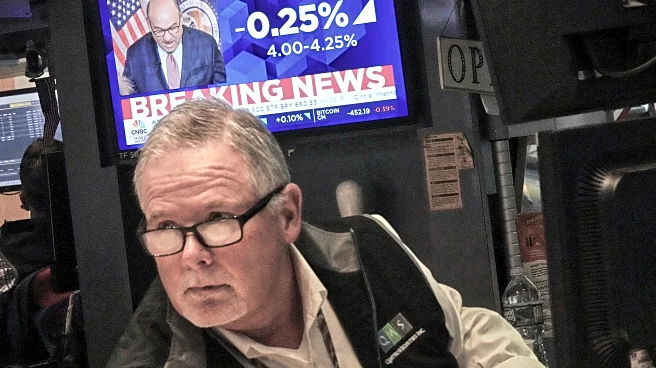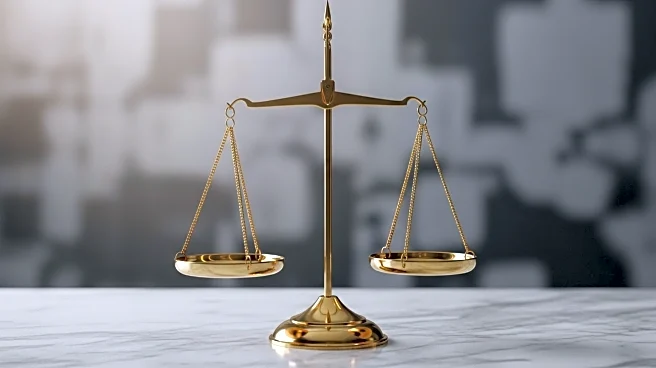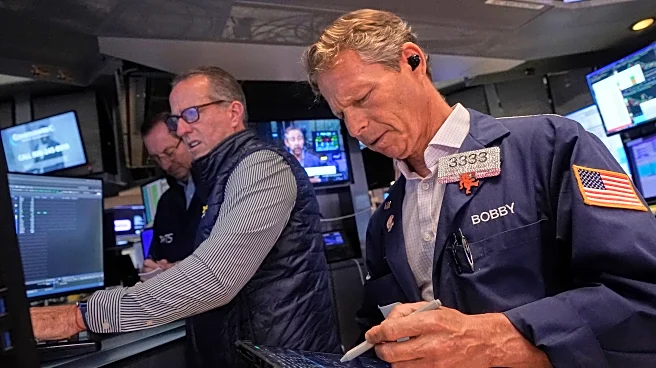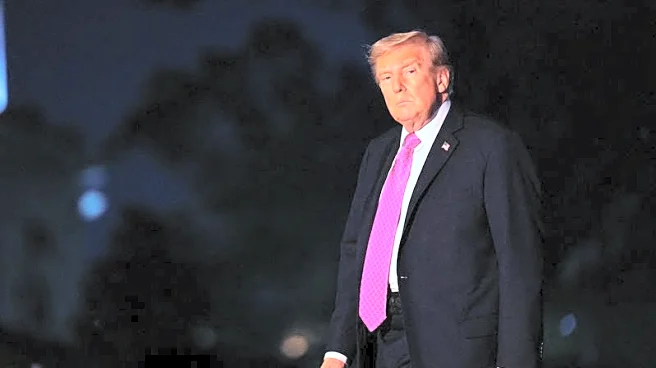What's Happening?
The Federal Reserve is expected to reduce its key interest rate by a quarter-point to approximately 4.1%. This decision comes as economists and Wall Street investors anticipate further rate cuts in the coming months. The central bank is considering two approaches: a measured pace of rate reductions or a more rapid series of cuts to prevent a potential recession. Currently, most economists predict a gradual recalibration of rates to sustain economic growth and employment. The Fed may reduce rates up to five times by mid-next year, aligning with Wall Street's expectations of three cuts this year and two more by June. This would mark the first rate cut in nine months, following a pause to assess the impact of President Trump's tariffs. Recent data indicates a slowdown in hiring, with a significant downward revision in job gains, strengthening the case for rate cuts to encourage borrowing and spending.
Why It's Important?
The Federal Reserve's decision on interest rates is crucial for the U.S. economy, affecting borrowing costs for consumers and businesses. Lower rates can stimulate economic activity by making loans cheaper, potentially boosting spending and investment. However, persistent inflation, partly due to tariffs, complicates the Fed's decision-making. If inflation remains high, the Fed might be cautious in cutting rates too quickly. The outcome of these rate adjustments will significantly impact economic stakeholders, including businesses, investors, and consumers, who may benefit from lower borrowing costs but face challenges if inflation persists.
What's Next?
The Federal Reserve will release its quarterly economic projections, which are expected to indicate three rate reductions this year and at least two more next year. If economic conditions worsen, the Fed might accelerate rate cuts to prevent a recession. Stakeholders, including businesses and investors, will closely monitor these developments to adjust their strategies accordingly.












